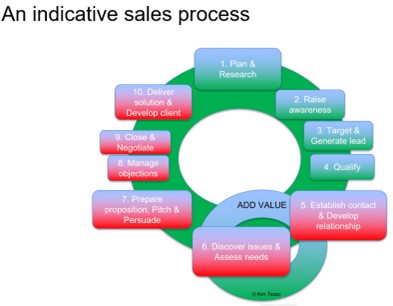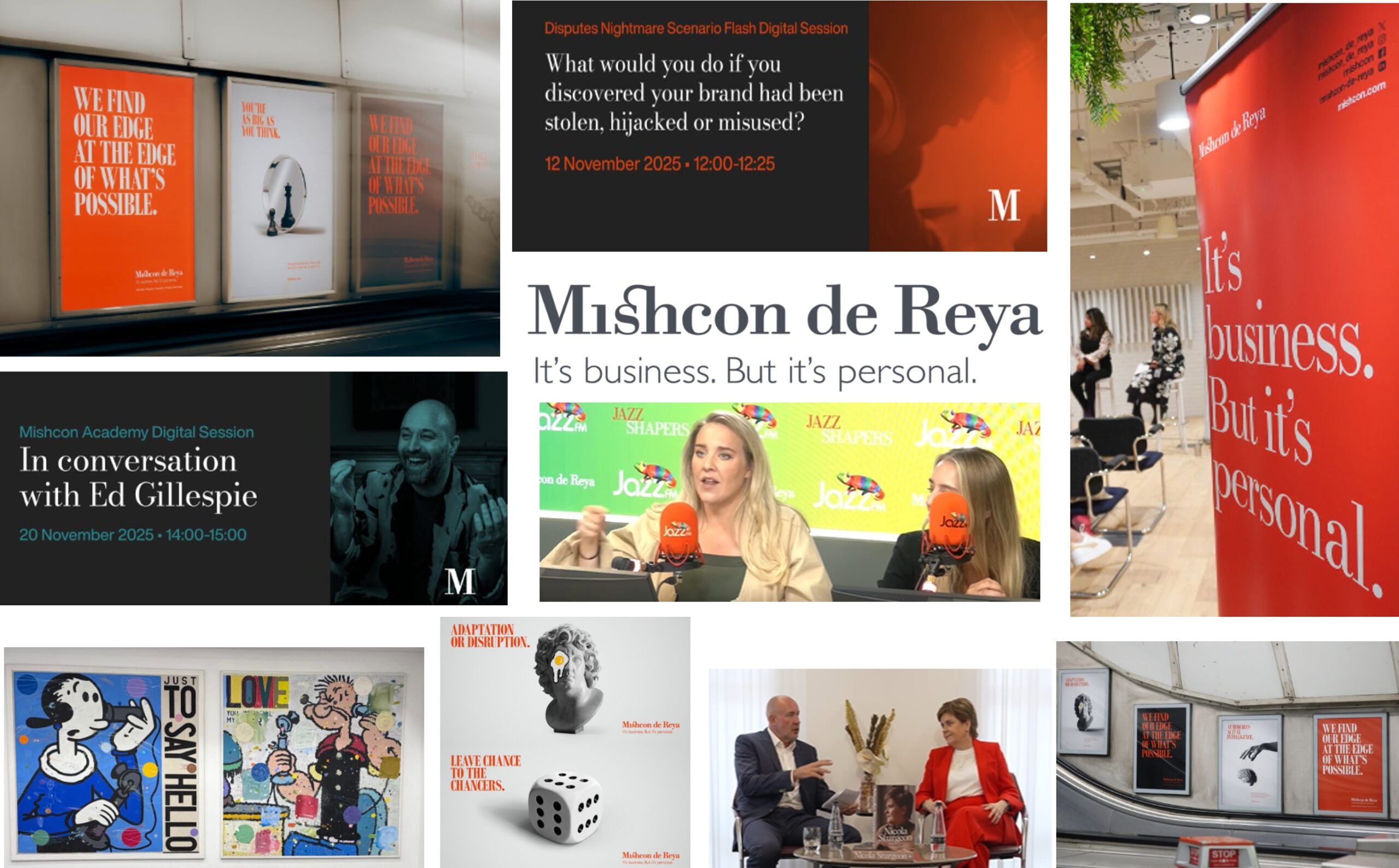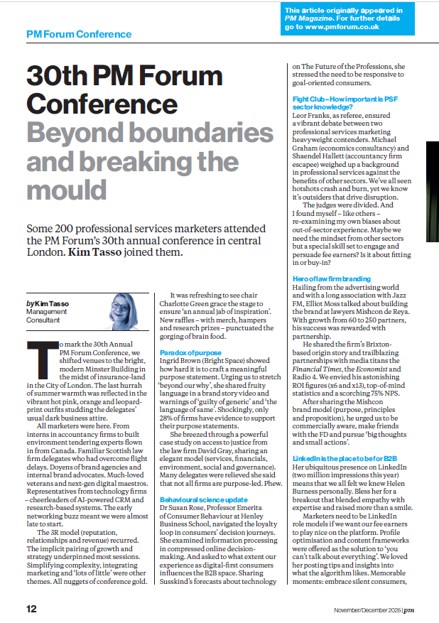I went along to the final session in the 2014 roadshow (which was held in London) to see what Conscious Solutions had identified as the top priorities for professional services marketing in a digital world. I joined the marketers’ stream which was really informative but also heard positive feedback from the lawyers and accountants who had been in the fee-earner stream.
David Gilroy, who like his team wore bright orange shirts and Converse trainers, kicked the day off. He was joined by Dan Fallon of Search Star.
Following other digital marketing talks (see, for example, http://kimtasso.com/property-marketing-digital-non-digital-land-securities/ and http://kimtasso.com/current-and-future-trends-in-web-technology/ the presentations focused on Social, Mobile and Local (SoMoLo) and video. Here are some of the highlights:
What makes a great mobile legal web site?
- Use responsive design so that the web site automatically fits all mobile screens
- Place call to actions in the centre
- Ensure that there is a search box at the top right hand side
- Keep menus short
- Design efficient forms
- Provide real time validation
- Enable autocomplete
- Provide visual calendars
- Optimise the entire site
Update on Search engine optimisation (SEO)
- 32% of all searches are done on mobile
- There were interesting statistics relating to Google searches
- 94% of searchers click on the organic results vs. 6% on the PPC ads
- 65% of “high commercial intent” searches click on PPC ads vs. 35% for organic results
- 64.6% of commercial search goes PPC
- Searching for phrases with quotes (words in order) and square brackets (exact match)
- Google applies penalty scores for site which are slow or provide a poor experience
- Reviews on Google places (obtain six reviews to receive a star rating) and links to third party referrals are increasingly important
Using Pay Per Click (PPC) advertising
- £10-£20 per click for clinical negligence – if 5% turn into an enquiry and 1 in 3 convert to clients the cost is around £600-£800 a case. Reports that Irwin Mitchell are estimated to be spending upwards of £1m per month.
- 64% of commercial searches use PPC and generally B2B traffic is cheaper
- Google is forcing price comparisons – and there is a cost involved
- Good adverts can include locations, client quotes, reference site links (e.g. Chambers and Legal 500) and reviews and use ad extensions
- National Accident Helpline (NAH) obtains reviews immediately after call centre contact
- Whilst Google get 85% of traffic, it’s cheaper to generate leads from Yahoo and Bing
- Use the spreadsheet template to manage the 25 characters for the title and 35 characters for the next three lines of an advert
Remarketing
- This is where adverts are used to follow up on a user’s previous searches
- Ads can be selected on the basis of a page view without a visit to a booking or order page
- Banners can be purchased at around £1 oer 1,000 impressions.
Marketing automation
- Various suppliers including: Hubspot (£500-£100K pcm), Marketo, Eloqua, InfusionSoft (from £199 pcm) and Mailchimp
- 50-60% clients use emailing – most are dull newsletters though
- Audiences should be segmented and you should use a different tone of voice required for business partners, clients and prospects
- Lead Forensics (from £300 pcm) is popular
- /www.canddi.com/about/ allows IP address connection when email recipients click a link – which then pulls all their previous activity into a database. It also emails you if someone visits your web site so visits can be assigned and categorised. This caused the most interest amongst the delegates so I suspect we will see a significant increase in use amongst law firms (from £99 pcm)
- There is value in using the post for an initial letter with a guided conversation phone call follow up call 24 hours later
- www.crazyegg.com for a heat map of how people use your site
- Content laddering using different platforms
Building relationships in a digital world
- Interesting case study of a firm who uses telephone calls for elderly clients
- Seth Godin “Connection Economy” – who knows, likes and trusts you?
- Depending on level of engagement and targeting, select strategies to connect, broadcast, converse and share
- Encourage people with large audiences to share your material
- Rule of 10 – three promotional items with seven connecting activities
- Doughnut model of content sharing – sugar (free), dough (need to register) and jam (payment)
- Use embedded mentions to get on people’s radar and show you are promoting their interests
- Avoid using “do not reply” email addresses
- Like and follow (and share) your clients’ social media accounts
- Use www.mention.net to monitor online mentions about your organisation and brand
- Consider offering Live Chat and Online Chat options but make sure that you have the staff available to conduct the discussions in an appropriate way
Web trends for 2015
- Big text on big images
- Wide screen images
- Vertical navigation
- Long home page scrolling
- Personalisation
There was also a session on client feedback and I have previously covered material on the Net Promoter Score (NPS) (e.g. http://kimtasso.com/cross-selling-dream-verses-reality/) and written about the Acritas online client satisfaction monitoring for Professional Marketing magazine (e.g. http://www.pmforum.co.uk/magazine/view_article.aspx?id=3891)
For £97 + VAT the day was extremely good value for money and both newbies and experts appeared to come away with something of value.
Further details here: http://www.conscious.co.uk/site/marketing_services/digitalmarketingmasterclass2014/ and the presentations are freely available








